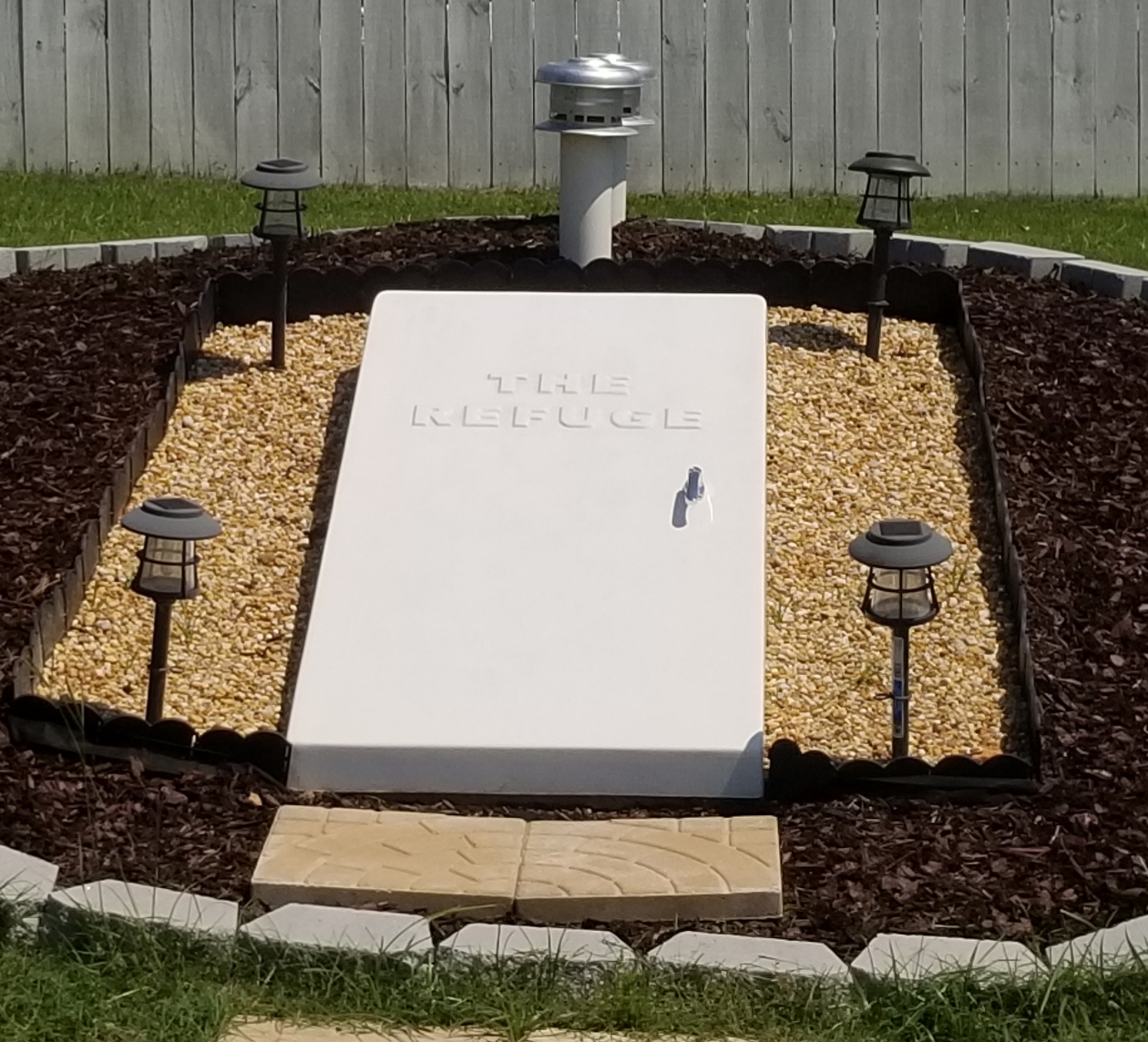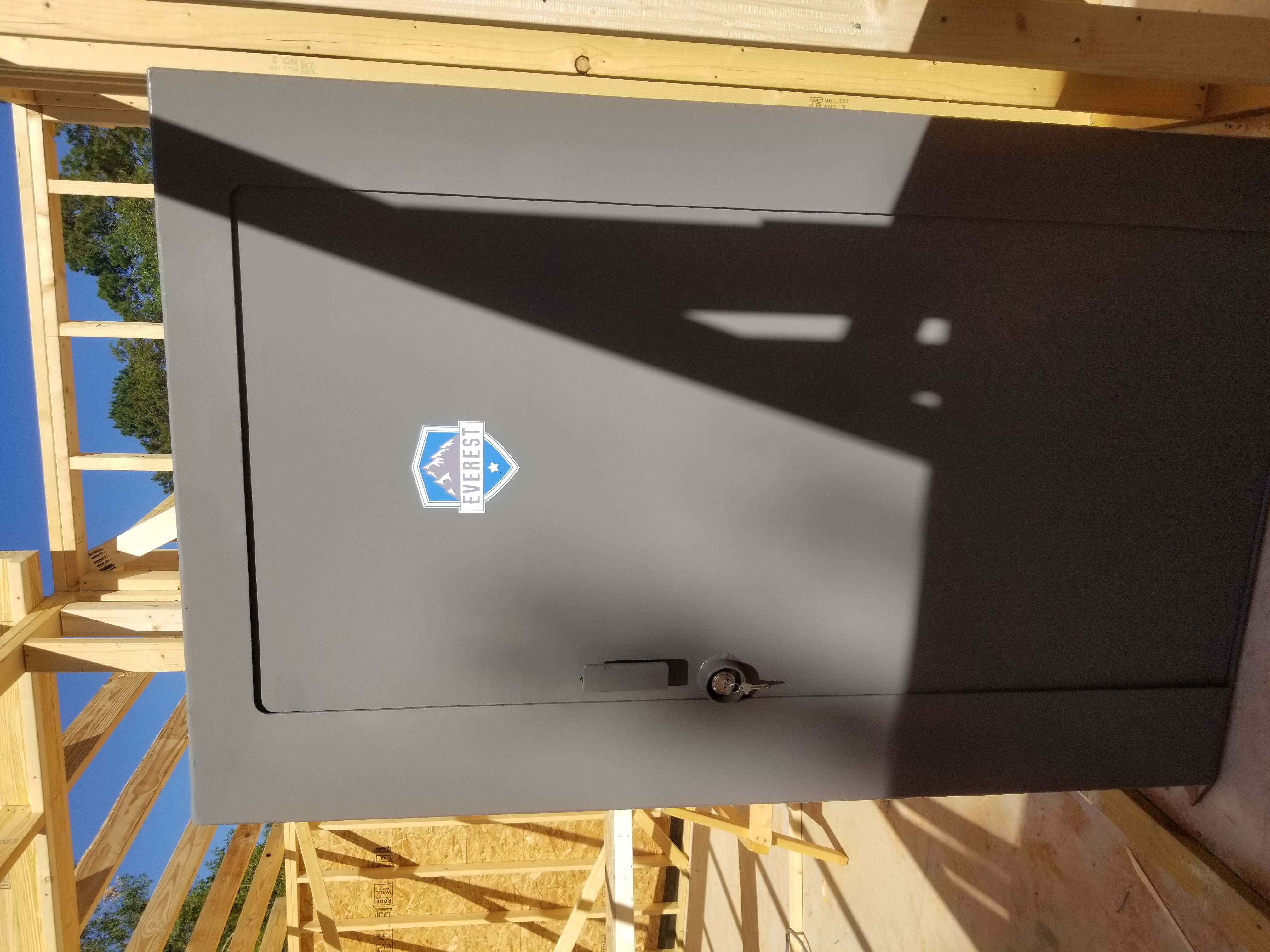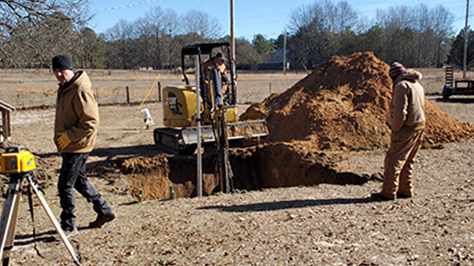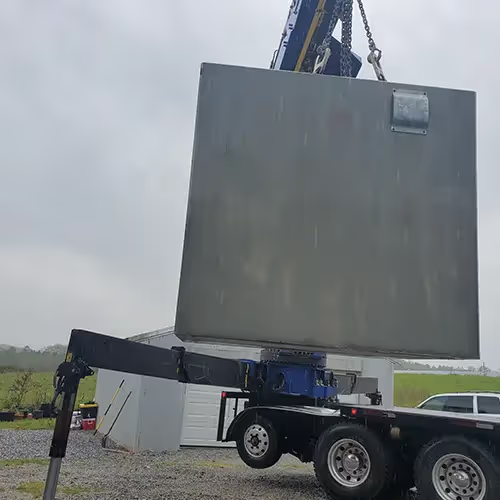Storm Shelters Alabama: Essentials and A Practical Guide for Every Homeowner

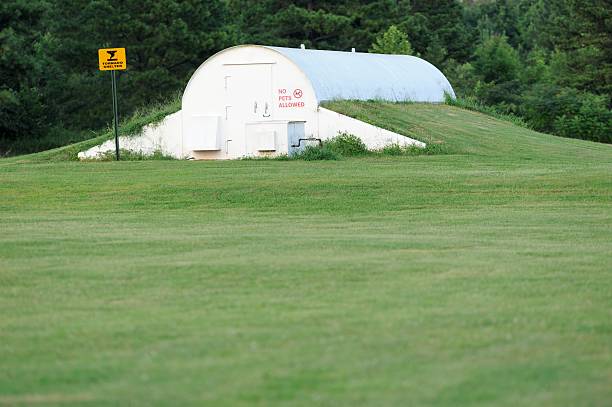
Have you ever wondered if your home is truly prepared for Alabama’s unpredictable storms (AL)? With tornadoes, tornado watches, and severe weather common in the region, having the right storm shelter essentials isn’t just smart—it’s essential for your family’s safety and peace of mind.
This guide is here to help you understand exactly what you need to keep your loved ones safe when severe weather strikes. We’ll walk you through the must-have items, how to choose the right storm shelter—whether it’s an individual storm shelter, a community storm shelter, or a qualified storm shelter—and tips that make a real difference.
You’ll also learn how to find storm shelter resources in your area, so you can be prepared no matter where you live. Knowing what to prepare can reduce your stress and make all the difference when every second counts.
Stick with me, and by the end of this post, you’ll have a clear plan to protect your home, family, and primary residence from Alabama’s storm threats. This guide will help you find the right storm shelter for your area. You can expect a practical, easy-to-follow guide filled with expert tips and actionable advice you can start using today.
The History and Importance of Storm Shelters in Alabama
Storm shelters didn’t become a household staple overnight. Their importance grew as Alabama, part of the region often affected by tornadoes and severe weather, experienced devastating storms over the decades. Initially, many homes lacked any safe rooms or shelters specifically designed for these emergencies.
Storm shelters—whether installed underground or above ground—are safe rooms or reinforced spaces built to protect families during violent weather events. Qualified storm shelters are constructed to withstand tornado-force winds and flying debris, providing occupants with critical safety.
Communities and counties in Alabama, along with county emergency management agencies, increasingly promote storm shelters and community shelters, reflecting how crucial they are for safety. County emergency management agencies play a key role in shelter oversight, location identification, and resource coordination.
Emergency management agencies are also involved in promoting storm shelter safety and providing public safety information during severe weather. At the state level, Alabama offers specific regulations and incentives, such as tax credit opportunities, for residents who install qualified storm shelters.
Building codes often encourage or require shelters for new construction and home installations, sometimes with tax credit incentives or income tax credits for eligible taxpayers. Understanding these basics helps you appreciate why having the right shelter, properly installed and stocked, is critical for your family’s safety.
What Are the Essential Components of a Storm Shelter?
At its core, a storm shelter is more than just a reinforced space—it’s a lifeline during severe weather events such as tornadoes. Let’s break down the key elements every storm shelter should have. Individual storm shelters have specific requirements and benefits, such as compliance with FEMA and ICC guidelines, and can be tailored to meet the needs of each household:
- Structural Integrity — The shelter must be built with strong construction materials rated to resist high winds and flying debris. Concrete, steel, and reinforced doors are common for safety and durability.
- Size and Accessibility — The shelter should comfortably fit your entire family with enough space for emergency supplies and be easily accessible within your house, garage, or yard at any time.
- Ventilation — Proper airflow is vital for occupant safety, especially during extended stays. Ventilation systems or vents must allow fresh air circulation to prevent suffocation and maintain breathable conditions.
- Emergency Supplies Storage — Shelters should include space for essentials such as water, non-perishable food, first-aid kits, flashlights, batteries, blankets, and communication devices to sustain occupants during storms.
- Communication Access — A reliable way to receive weather updates and call for help, like a battery-powered NOAA weather radio or mobile phone signal booster, is critical for staying informed and connected.
Together, these features create a secure and functional space that increases your family’s chances of staying safe when a storm hits. Having accurate information about shelter options, installation, and safety guidelines is crucial when selecting and equipping a storm shelter.
For example, consider a family of four in Alabama who installed a reinforced underground shelter stocked with emergency kits. During a tornado watch and subsequent tornado warning, they had quick access, stayed sheltered safely for hours, and were well-prepared for any aftermath.
Why Having a Well-Equipped Storm Shelter Matters
Investing time and resources into a fully stocked storm shelter isn’t just about peace of mind—it has real, life-saving value. Here’s why having the right essentials in your shelter is so important:
- Increases Safety — Provides protection from tornado-force winds and flying debris, creating a secure environment for you and your family during severe storms.
- Reduces Panic — Having necessary supplies and a safe space helps calm nerves and maintain composure during high-stress weather emergencies.
- Improves Survival Chances — Access to clean water, non-perishable food, and first aid supplies supports your ability to endure extended emergency situations.
- Supports Recovery — Communication devices keep you connected to first responders and emergency services, helping coordinate aid and recovery efforts after a storm.
These benefits translate into tangible security for you and your family, especially in Alabama’s often-unpredictable weather conditions. Customers in Alabama benefit from these services by having access to various shelter options, including drop ship, assisted install, or self-install programs, ensuring everyone can find a solution that fits their needs.
The service provided by emergency responders and shelter providers is crucial, as they help maintain safety and coordinate support during severe weather events. Take the case of a homeowner who kept their shelter stocked with supplies and a weather radio. When a sudden storm hit at night, they were ready—safe inside, informed, and prepared to wait out the danger until it passed.
Clearly, a well-prepared shelter does more than protect your body; it protects your mind and your ability to respond effectively. During emergencies, resources provided to shelter occupants—such as food, water, and communication tools—can make a significant difference in safety and comfort.
Challenges and Considerations When Preparing Your Storm Shelter
Even the best storm shelters can come with some challenges. It’s important to address these honestly so you’re ready for any hurdles.
Some common issues include:
- Cost of Installation and Upkeep — Quality storm shelters and essential supplies can be expensive upfront, especially when including purchase, construction, and ongoing maintenance costs for long-term use.
- Space Limitations — Smaller homes or limited yard space may struggle to accommodate larger or underground storm shelters, requiring careful planning and possible compromises.
- Maintenance — Emergency supplies, including food and water, can expire or degrade over time if not regularly checked, replaced, and stored properly for readiness.
- Accessibility for All Family Members — It’s essential to ensure that elderly, children, or disabled family members can safely and quickly reach the shelter during emergencies.
Sometimes people underestimate the upkeep needed or buy supplies that aren’t suitable for long-term storage. Avoiding these pitfalls means setting realistic expectations and regularly revisiting your shelter’s condition.
To overcome these challenges:
- Start budgeting early and research local grants, tax credits, or income tax credit programs available for storm shelters. These incentives can help reduce your overall costs.
- Choose compact, multi-use supplies that save space while still covering your family’s needs, making it easier to store everything comfortably within your shelter.
- Set calendar reminders to regularly check and rotate emergency supplies, ensuring that food, water, and medical items remain fresh and ready for use.
- Practice emergency drills with your whole family to familiarize everyone with shelter access routes and procedures, improving safety and reducing panic during storms.
- Register your storm shelter with local emergency management authorities so first responders can quickly locate and assist you during severe weather emergencies.
Remember, no shelter is perfect, but with thoughtful planning and maintenance, most obstacles can be managed to keep your family safe.
How to Set Up Your Storm Shelter for Maximum Safety and Comfort
Knowing the essentials is one thing—putting them into practice is another. Here’s a step-by-step guide to getting your storm shelter ready:
- Choose the Right Location — Whether indoors, garage, or underground, pick a structurally sound, easily reachable spot. Use maps to find community shelters nearby for additional safety options.
- Install Reinforced Doors and Walls — Use construction materials that meet local building codes and have been tested for storm resistance, ensuring maximum protection during severe weather events.
- Stock Emergency Supplies — Include water (one gallon per person daily), non-perishable food, first-aid kits, flashlights with batteries, blankets, and a NOAA weather radio for communication.
- Ensure Proper Ventilation — Install vents or battery-operated fans if needed to maintain airflow and breathable conditions during extended stays inside your shelter.
- Set Up Communication Tools — Keep a charged phone, portable charger, and NOAA weather radio accessible to stay informed and connected throughout storms.
- Create an Emergency Plan — Designate who uses the shelter and when; conduct regular drills with your family to ensure preparedness and quick access.
- Regularly Check and Update Supplies — Maintain your shelter year-round by routinely inspecting supplies and replacing expired or damaged items to stay ready.
Some community shelters may only be open during severe weather events, so check their operational status before you need them.
Tip: Use Google Maps to locate nearby shelters. You can zoom in on the map to get detailed information about which shelters are open and exactly where they are located.
Some top tips:
- Start small with essentials and gradually add more supplies.
- Label and organize items for easy access during emergencies.
- Involve family members in setup and drills to build familiarity.
- Consider additional comfort items like pillows or books to ease anxiety.
You can also explore local suppliers, FEMA resources, or qualified storm shelter manufacturers for tools and templates that support your setup.
Starting today—even with small steps—can make a big difference when severe weather comes knocking.
Looking Ahead: The Future of Storm Shelter Safety in Alabama
Storm shelter technology and community awareness are evolving quickly. Here’s what to watch for in the coming years:
- Smart Shelters — Equipped with advanced sensors that monitor weather conditions and shelter occupancy, improving safety by providing real-time data during severe weather events.
- Improved Materials — New construction materials offer enhanced impact resistance and better insulation, increasing comfort and durability for storm shelters in extreme conditions.
- Community Shelter Networks — Expanding access beyond individual homes, with cities like Huntsville, AL, maintaining public storm shelter lists to help residents find safe locations quickly.
- Increased Local Incentives — Growing availability of local grants and tax credits helps homeowners reduce the costs associated with installing qualified storm shelters.
Future resources may include comprehensive lists of shelters, making it even easier for residents to access storm protection when needed.
These trends promise safer, more connected, and cost-effective storm protection options for Alabama residents.
Homeowners, emergency responders, and manufacturers all stand to benefit as shelters become more integrated into daily life and disaster readiness plans.
Staying informed about these developments will help you upgrade your safety measures over time and adapt to new challenges.
Conclusion: Your Storm Shelter Preparedness Journey Starts Now
We’ve covered why storm shelters are vital in Alabama, what essentials you need, how to overcome challenges, and how to set yours up for success.
Key Takeaways:
- Storm shelters save lives by providing protection from severe weather events, including tornadoes, flying debris, and other dangerous storm conditions.
- Essential components include a strong structural design, ample emergency supplies, proper ventilation, and reliable communication tools to ensure safety and preparedness.
- Preparing your shelter requires ongoing maintenance and planning, but offers invaluable peace of mind for you and your family during emergencies.
Being proactive with your storm shelter can protect what matters most—your family and home.
Ready to take the next step? Start by evaluating your current shelter setup or researching local options to get started. And if you have questions or want to share your experience, drop a comment below—we’re here to help you weather any storm safely.
FAQ: Storm Shelter Essentials and Safety in Alabama
Q1: What qualifies a storm shelter in Alabama?
A qualified storm shelter is constructed with reinforced materials designed to withstand tornado-force winds and flying debris, often certified by local or national safety standards.
Q2: Can I get a tax credit or income tax credit for installing a storm shelter?
Yes, eligible taxpayers in Alabama may qualify for tax credits when installing qualified storm shelters in their primary residence. Check local programs for details.
Q3: How do I choose between an individual storm shelter and a community storm shelter?
Individual shelters protect your family directly on your property, like safe rooms, while community shelters serve multiple households or neighborhoods. Consider your family size, budget, and community resources.
Q4: What supplies should I keep in my storm shelter?
Essentials include water (one gallon per person per day), non-perishable food, first-aid kits, flashlights with extra batteries, blankets, and communication devices like a NOAA weather radio.
Q5: How often should I check and update my storm shelter supplies?
It’s best to check your supplies every 6 months to replace expired items and ensure everything is in working order.

